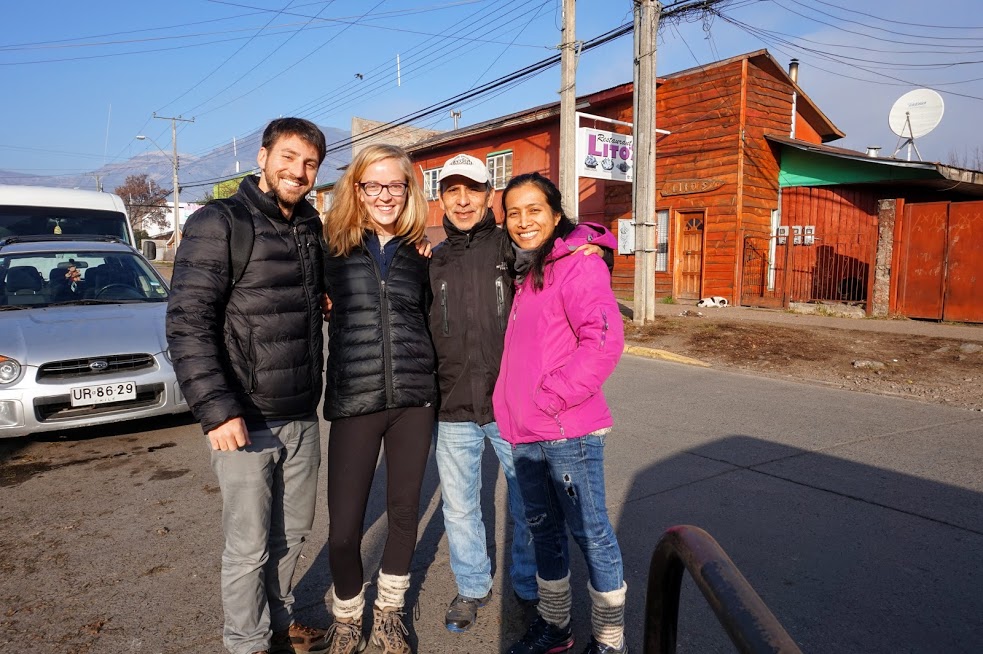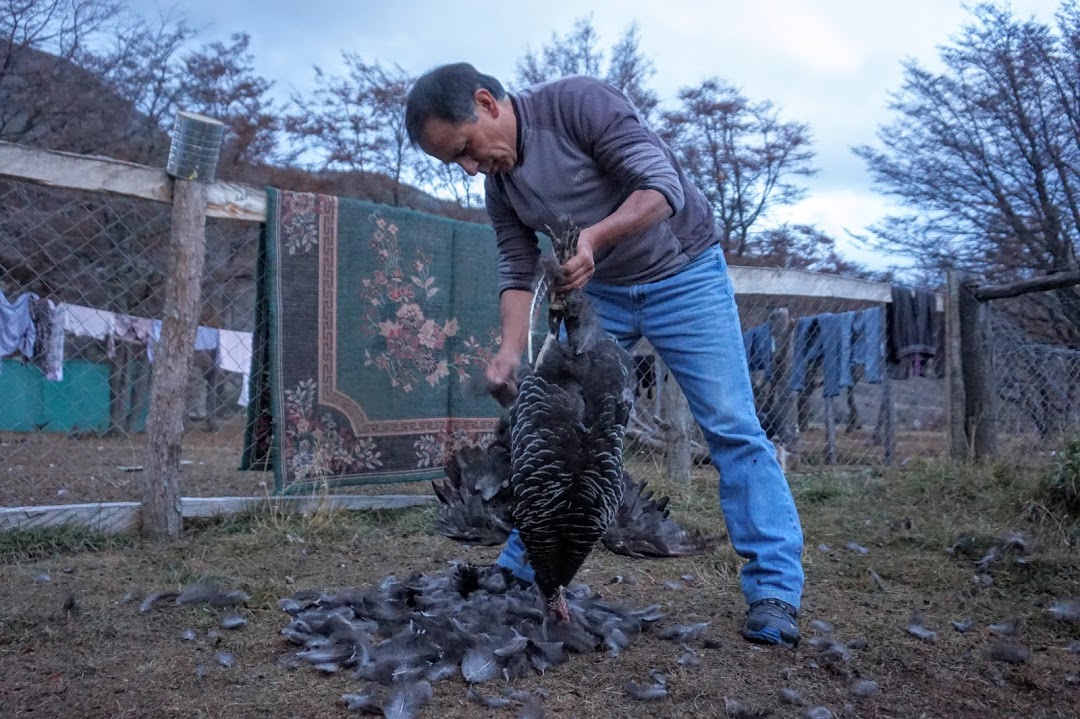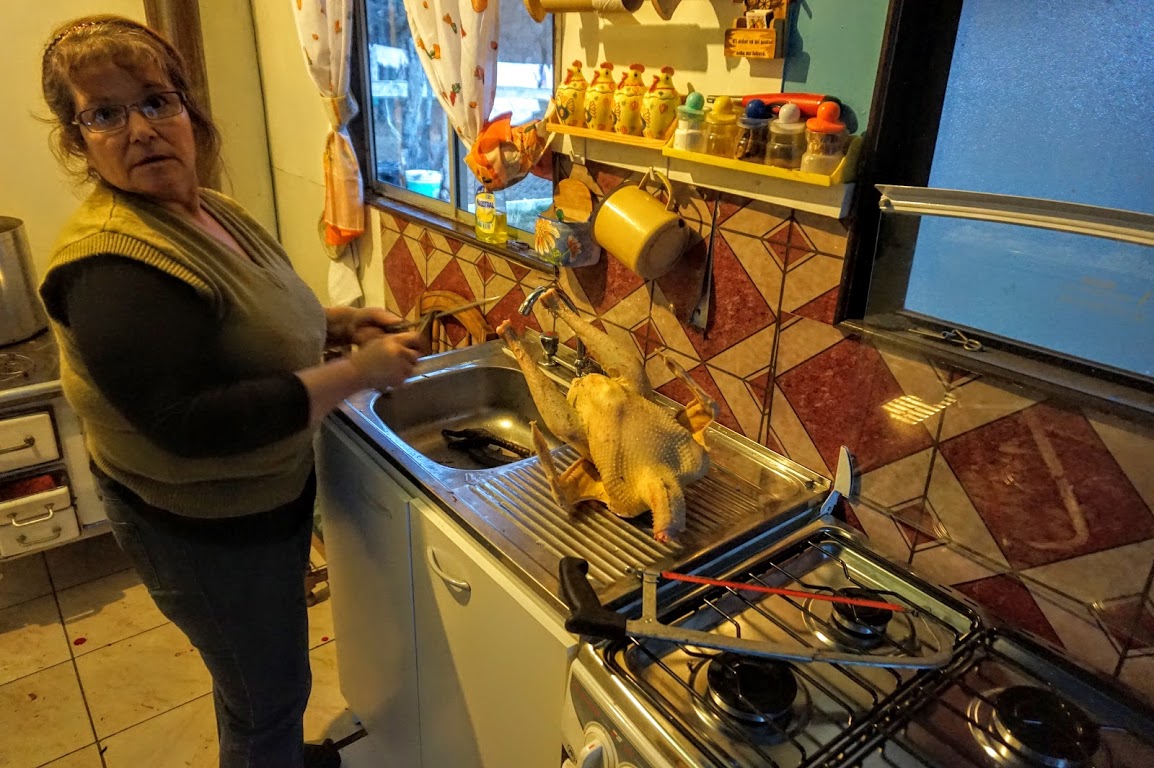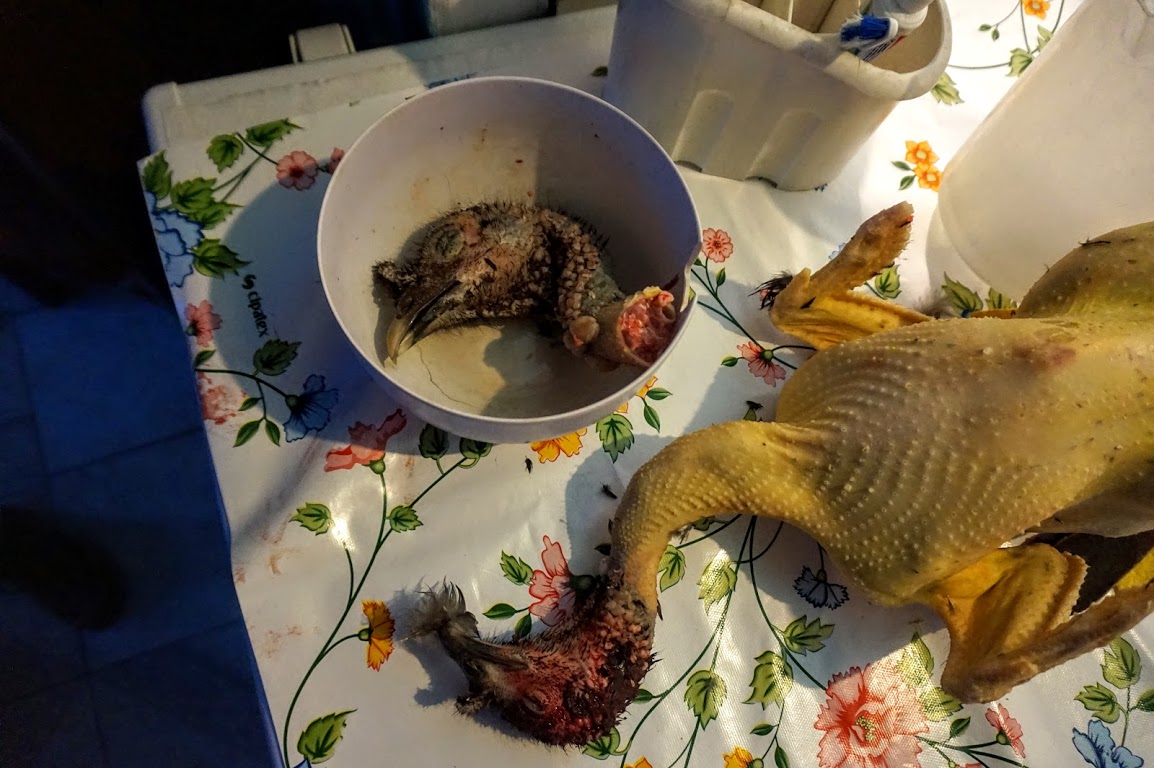Apart from participating in the beer making process during our three weeks at our workaway, we also had the chance to explore the surrounding Aysén Region. It is one of the least populated regions in Chile, but has beautiful Patagonian scenery popular with tourists in the summer months (November-March). Cerveza Caiquén (our workaway brewery) is located in the region’s capital of Coyhaique. We also visited the tiny towns of Rio Tranquilo and Villa Cerro Castillo on our days off and had side trips to a couple family farms and national parks.
Coyhaique
Coyhaique is a popular fly fishing town in summer since it’s located along the Rio Simpson. Since it’s not summer and we forgot our fishing poles, we spent some of our free time tasting the local competition’s beer. First we went to Mamma Gaucha, a pizzeria that has its own Tropera beer on tap. Our favorite there was the Golden, which came in it 9% ABV - surprsing for a style that’s normally much lighter! We also had the chance to stop by the actual brewery at Casa Tropera where we met William, an expat from Denver who’s been working with them for about nine months. It was awesome to get a quick tour from him, plus a few (free!) samples of the beers we weren’t able to try at Mamma Gaucha. Located just a few blocks from our workaway was D’Olbek, a Belgian-style brewery. D’Olbek only produces three beers: a Belgian lager, a pale ale, and fruit beer made with maqui berries, which are native to the Chilean rainforests. Cerveza Hudson, the newest brewery in town, opened a week before we arrived. They only had an amber and a blonde on tap, but they’re in the process of adding a stout to their menu too. Last but definitely not least, we tried Cerveza Arisca, which had a lager, red, and porter on tap. Not only did we get to sample some local flavors, but we met some awesome people along the way - many of whom knew our brewer Mario and shared stories with us.
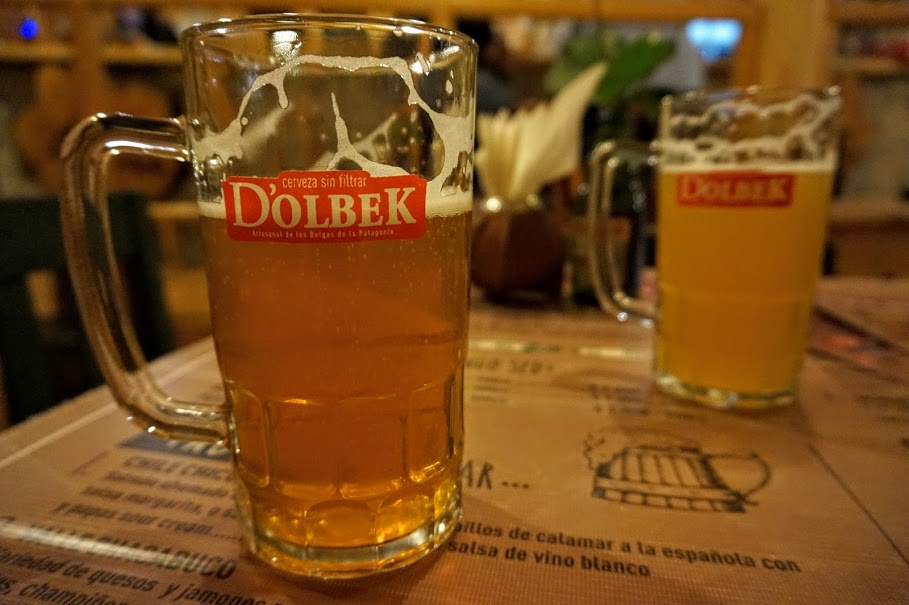
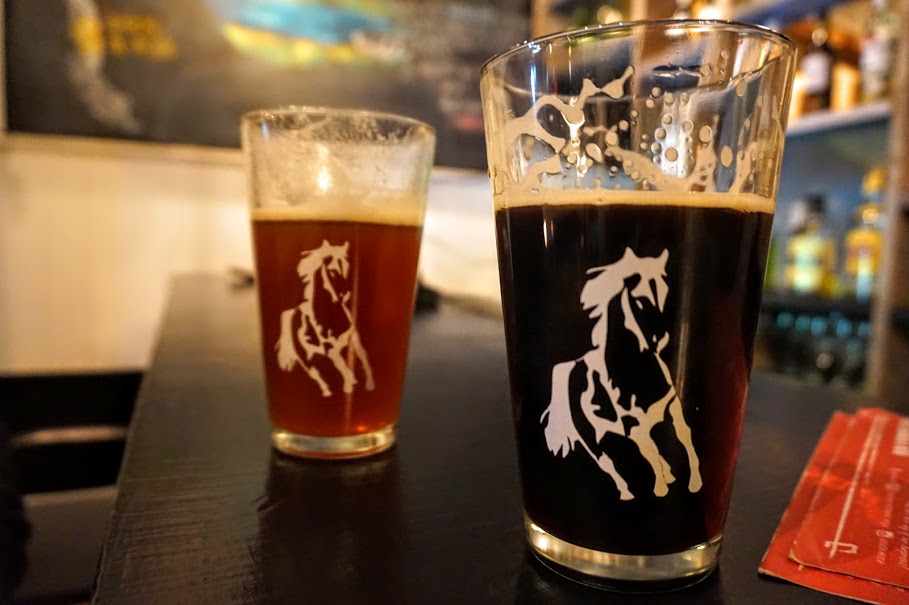

In contrast to its clean glacial waters that attracts all the breweries, Coyhaique has a huge problem with air pollution. Our first day in the city we noticed a weird haze above all the buildings. It didn’t quite seem like smog, so we asked our host what it was. It turns out Coyhaique is one of the most polluted cities in all of South America! Wood smoke is a large problem in Coyhaique. Heating a home with electricity or natural gas is too expensive due to lack of infrastructure, so every house has a wood stove burning 24 hours a day. Due to the bowl-shaped landscape surrounding the city, the smoke never leaves. We saw a few billboards around the city urging people to only burn dry wood as the cheaper wet wood produces far more smoke. Some people have opted for a modern propane stove, but many use an old school wood fired stove to cook their food. You can even buy a brand new one from the department store!
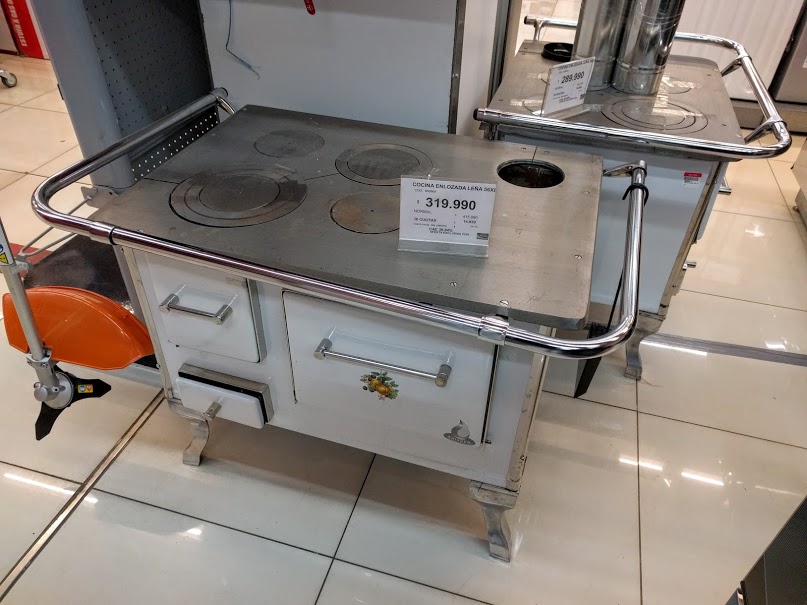
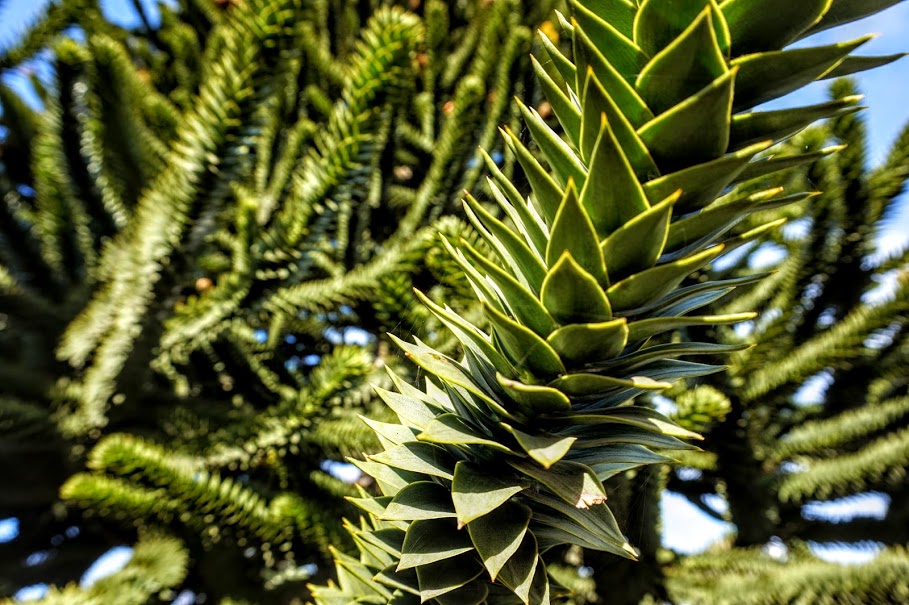
Speaking of cooking, the three weeks we spent in Coyhaique have been some of the best food of the trip! Our hosts Root and Mario generously provided us with three square meals a day. Breakfast included yogurt, cereal, fresh rolls, cheese, and homemade plum jam. Lunch and dinner was a delicious variety of dishes from around the world thanks to previous workawayers who’ve shared their favorite recipes. Root, our master chef from Thailand, claimed she’s never really cooked before, but there never seemed to be any leftovers… Mario also ensured that we tried a mix of Chilean dishes, ranging from his childhood favorites to traditional farm dinners. The best part is that everything was healthy! We’re pretty sure we ate more vegetables in the three weeks here than we have in the last four months combined. On a slightly related note: while Chileans don’t eat spicy food - like won’t even use black pepper - they LOVE oregano. We found an entire aisle in the grocery store devoted to oregano. Who would have guessed an herb could be that popular?

On our last day in the city we hiked through the Coyhaique National Reserve. It was a great way to spend the day with our hosts and was followed by an amazing lamb asado cooked by Mario!
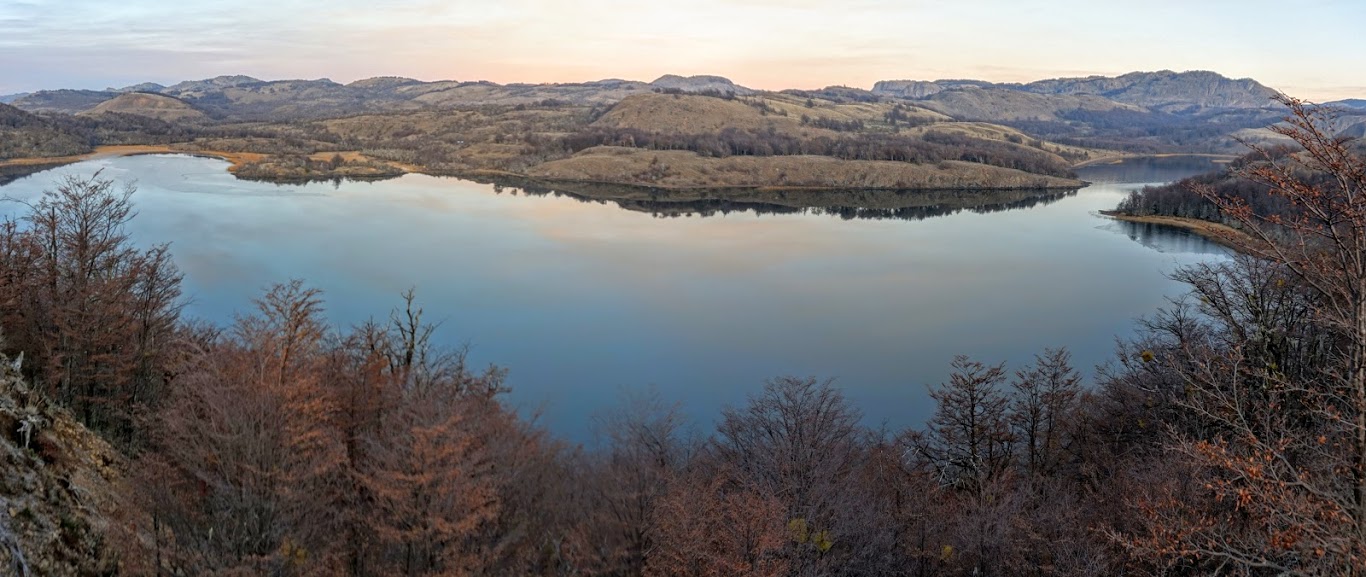
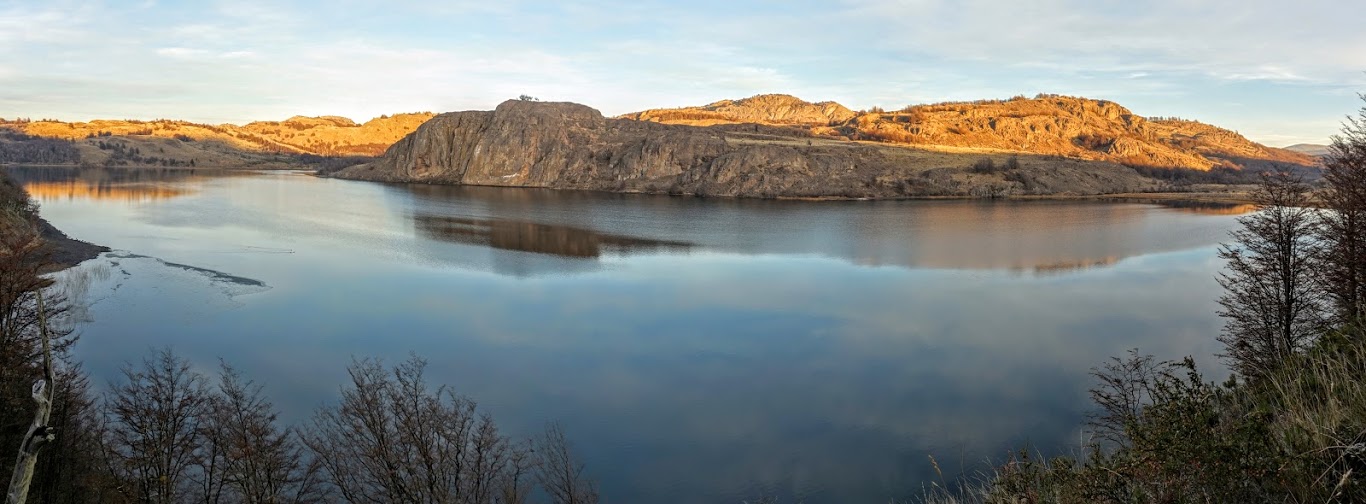
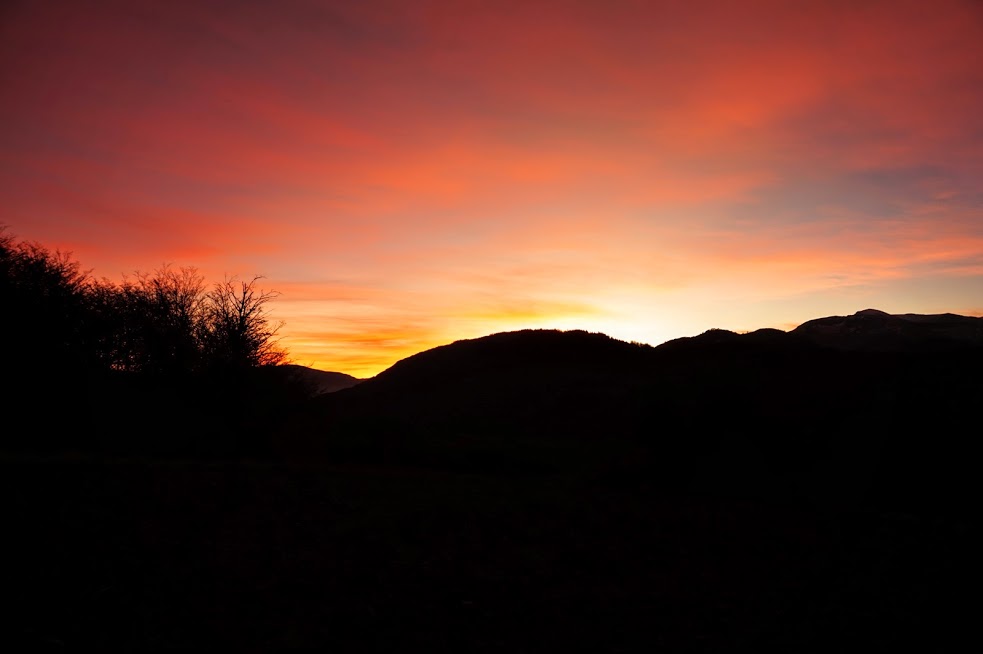
Villa Cerro Castillo
Villa Cerro Castillo is a town of about 300 people located two hours south of Coyhaique. While we only did a 14 kilometer hike to the laguna at the base of the mountain, we would love to come back for the popular 4-5 day trek through the Cerro Castillo National Reserve. On a sunny day the hike would have provided great views of the mountain (which is on the Cerveza Caiquen label), but of course it was cloudy. At least we got some great panoramas overlooking the valley and town! Plus the cervezas we brought to the top were a delicious reward for trekking uphill for three hours through 4-6 inches of snow - one of the hardest hikes we’ve done yet!

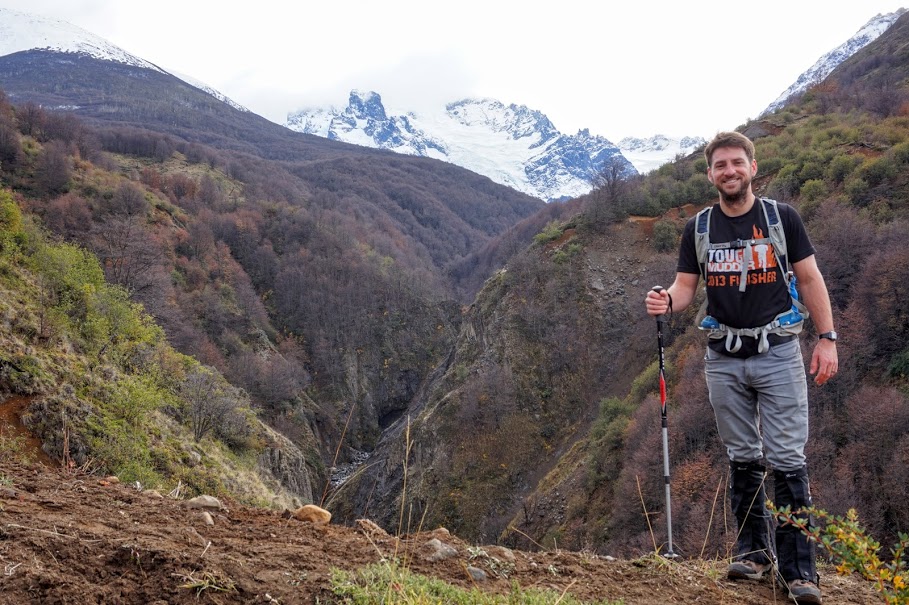
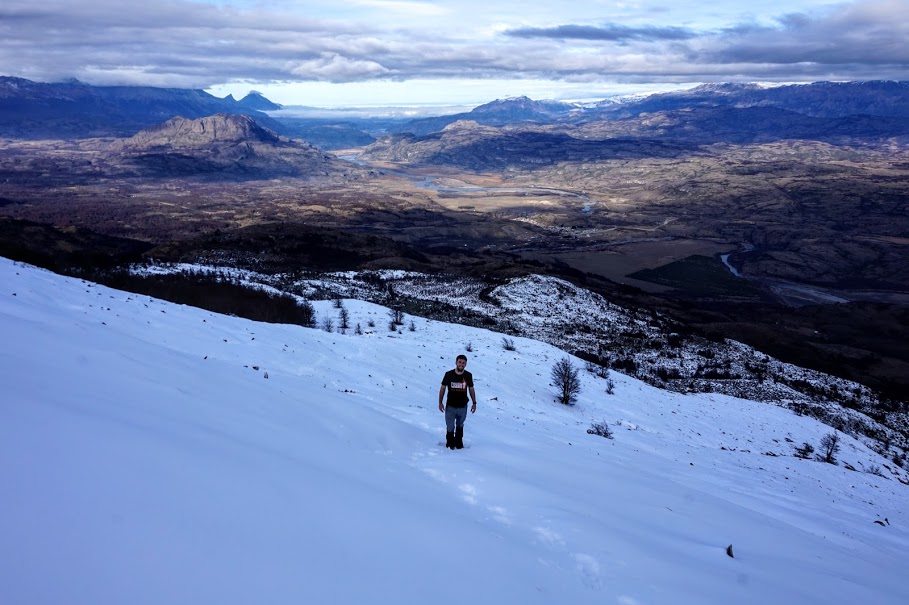
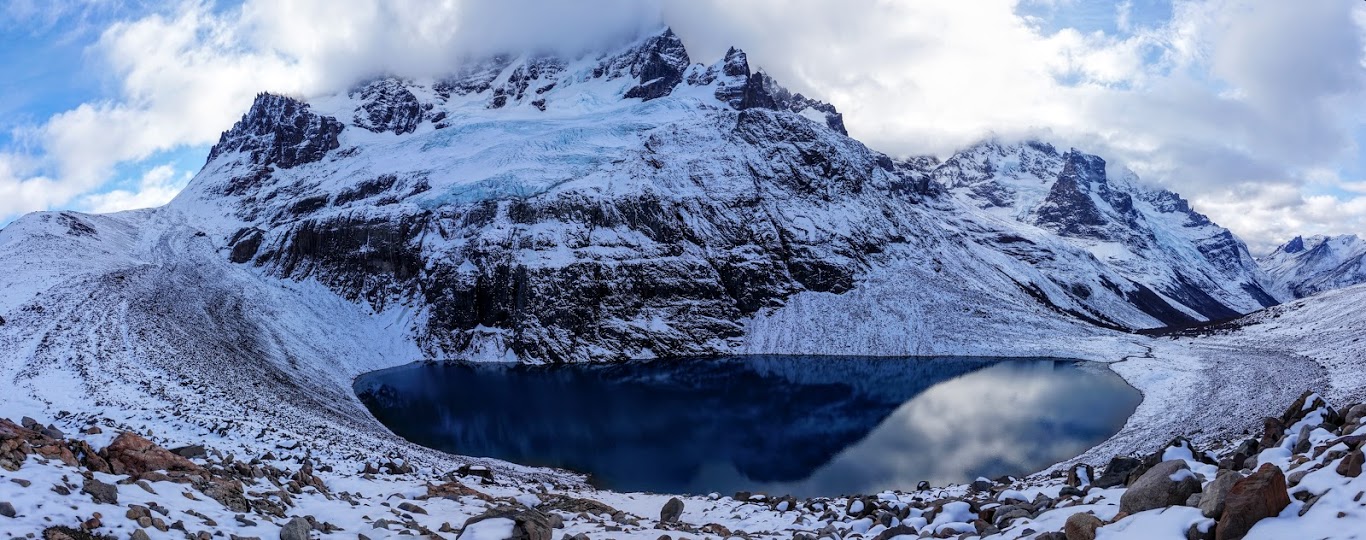
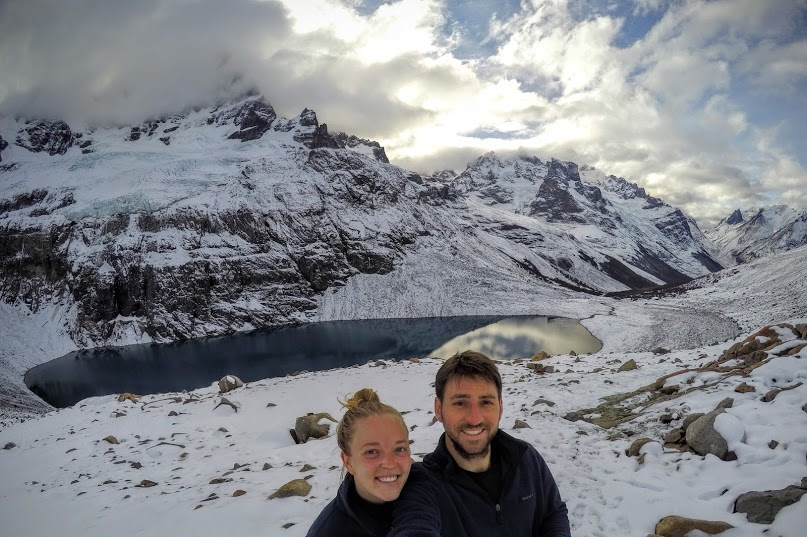
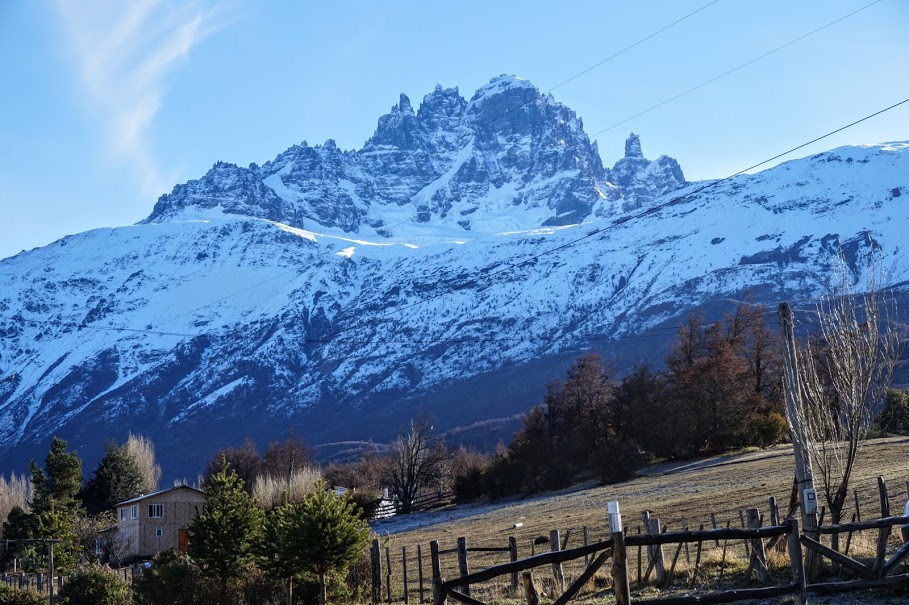
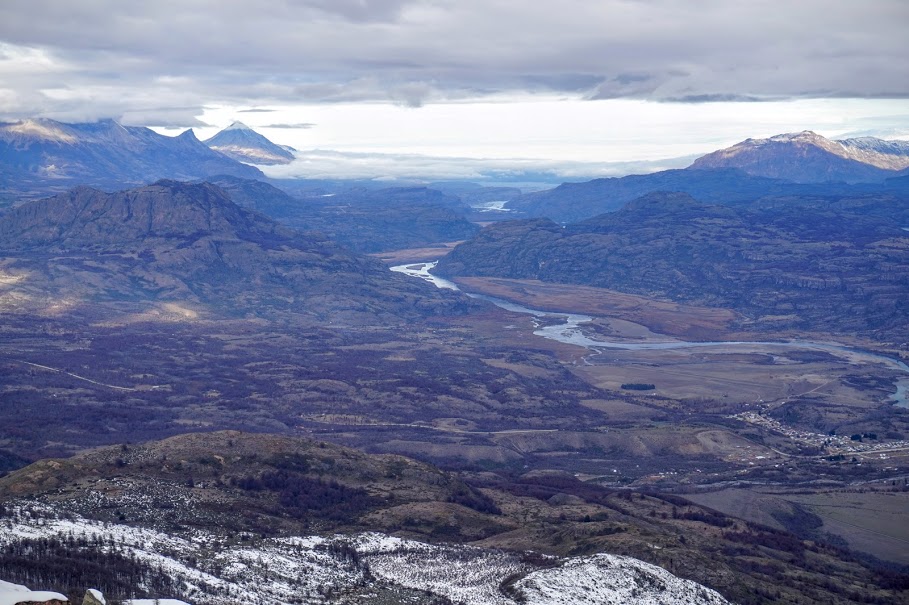
Located just outside the town is a small museum that documents some of the history of the local area. Most of it focuses on the development in the last hundred years or so when pioneers of this region began to populate the area. A small exhibit discusses ancient history - we’re talking around 5,000 years ago - when a group of nomadic hunter-gatherers populated the area. This portion is included because nearby cliffs have manos pintadas (“painted hands”) dating back to that time period. There are both child and adult sized hands in both negative (outline of a hand) and positive (full handprint) forms. The meaning behind these paintings is unknown, but the museum speculated there might have been multiple uses for these paintings, such as coming of age rituals or marriage rites. Most of the animal fat “paint” that remains is red, although there are a few spots with orange and green.
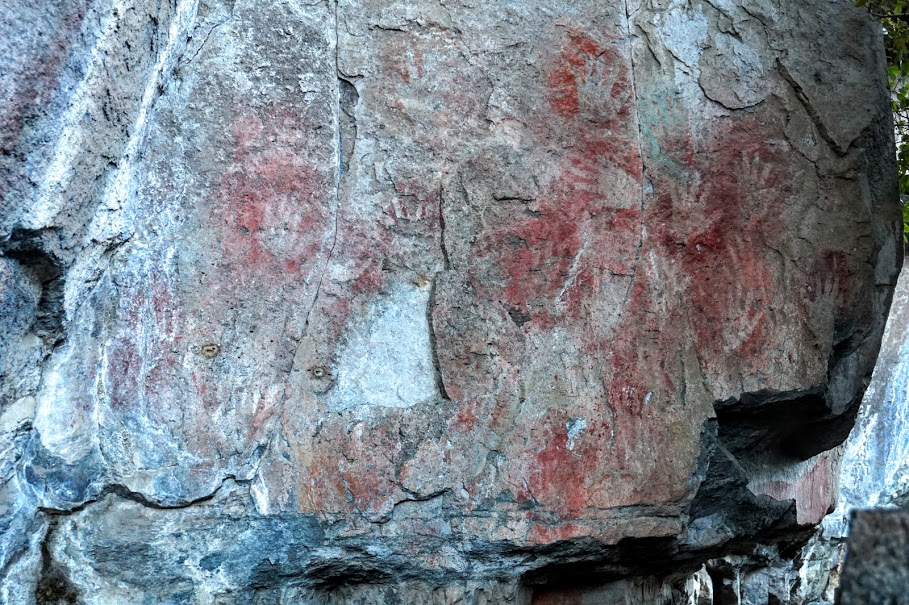
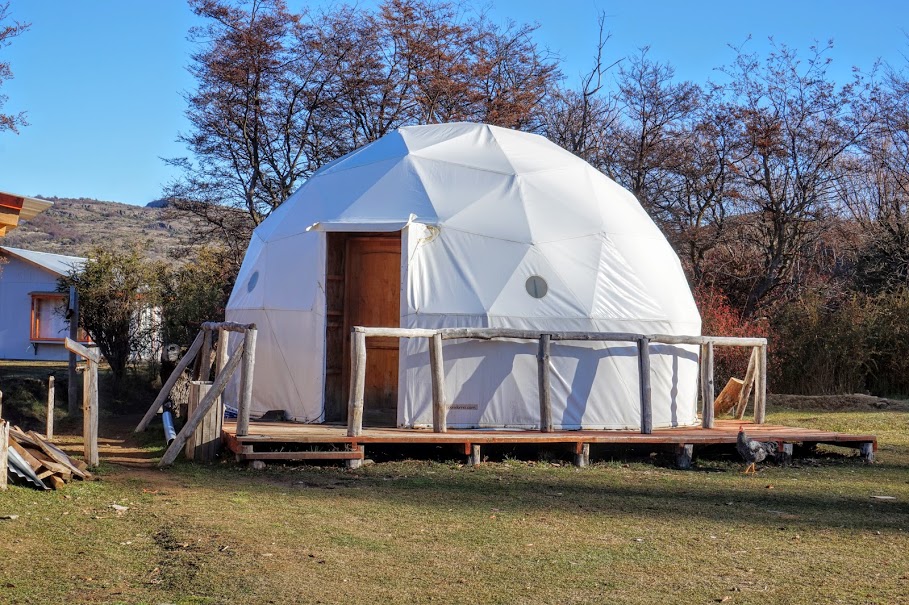
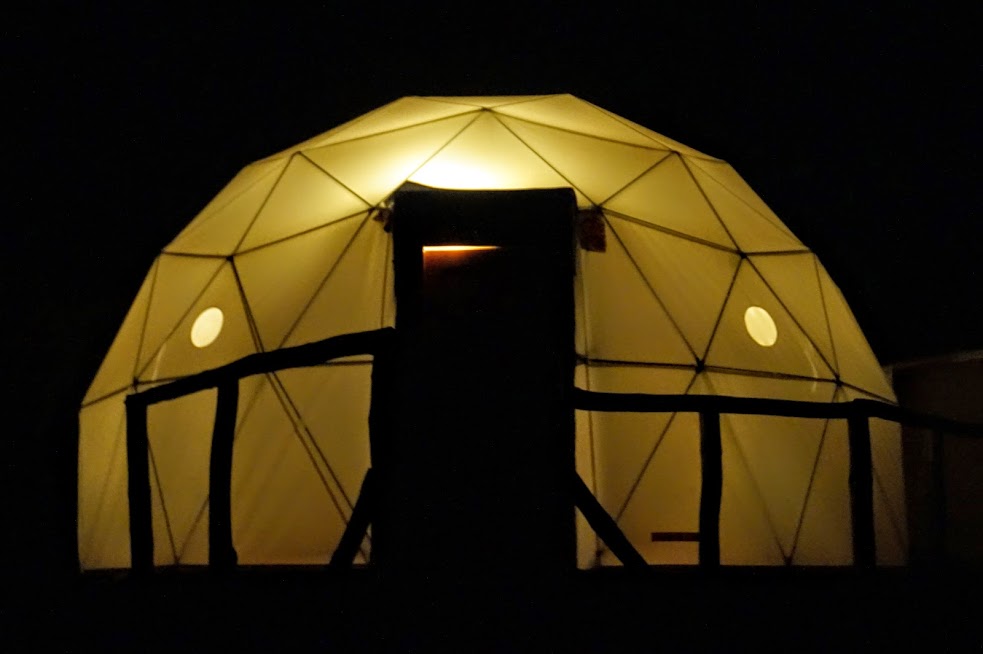
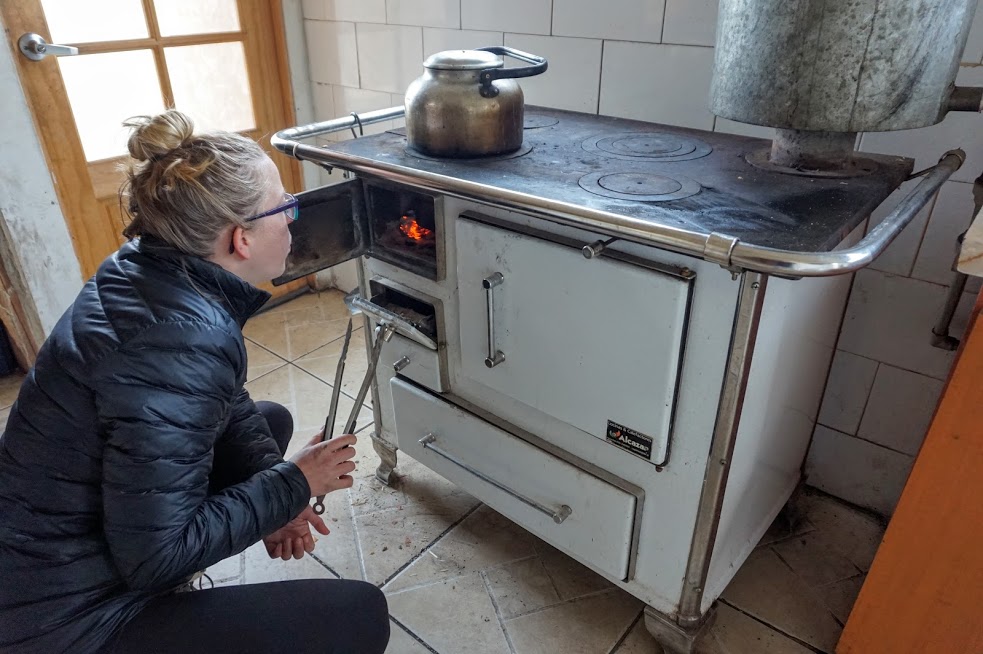
Rio Tranquilo
Located three hours south of Cerro Castillo is the similarly small town of Rio Tranquilo. We spent two of our days off here to visit their marble caves and try out some glacier trekking. You can reach the marble caves by boat or kayak. Kayaking would have been awesome had it been summertime and not 30 degrees and windy, so we opted for the boat. The boat ride was great for this time of year, but we could see how awesome the kayaking would be in the summer as it would allow you to get a bit more inside the caves.
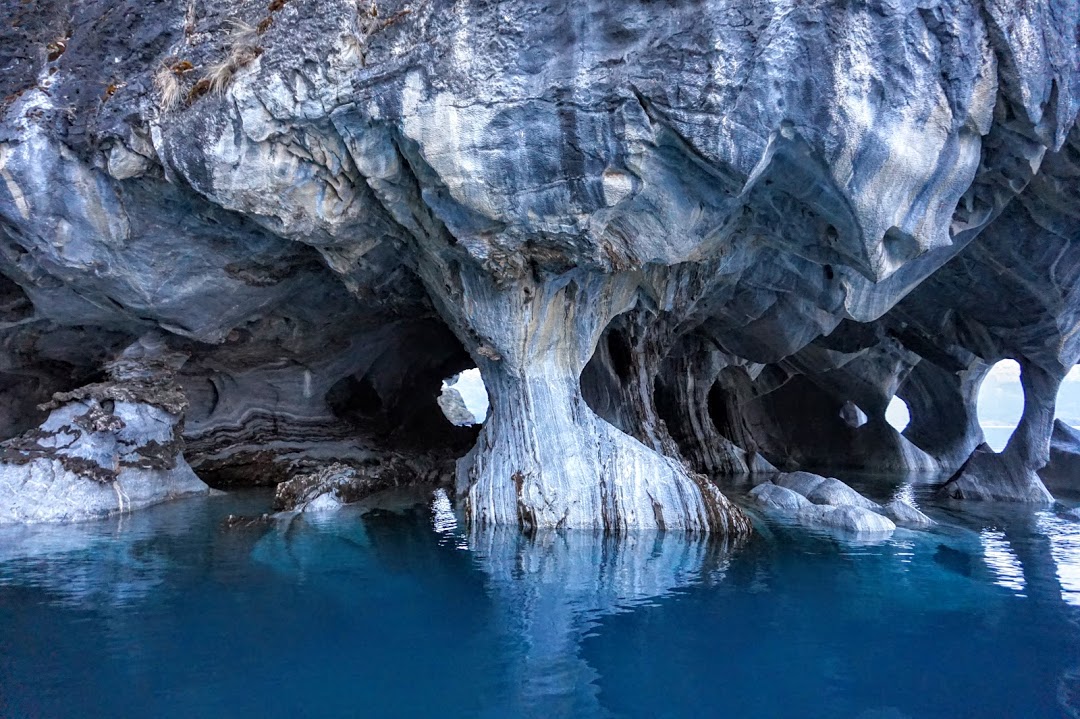
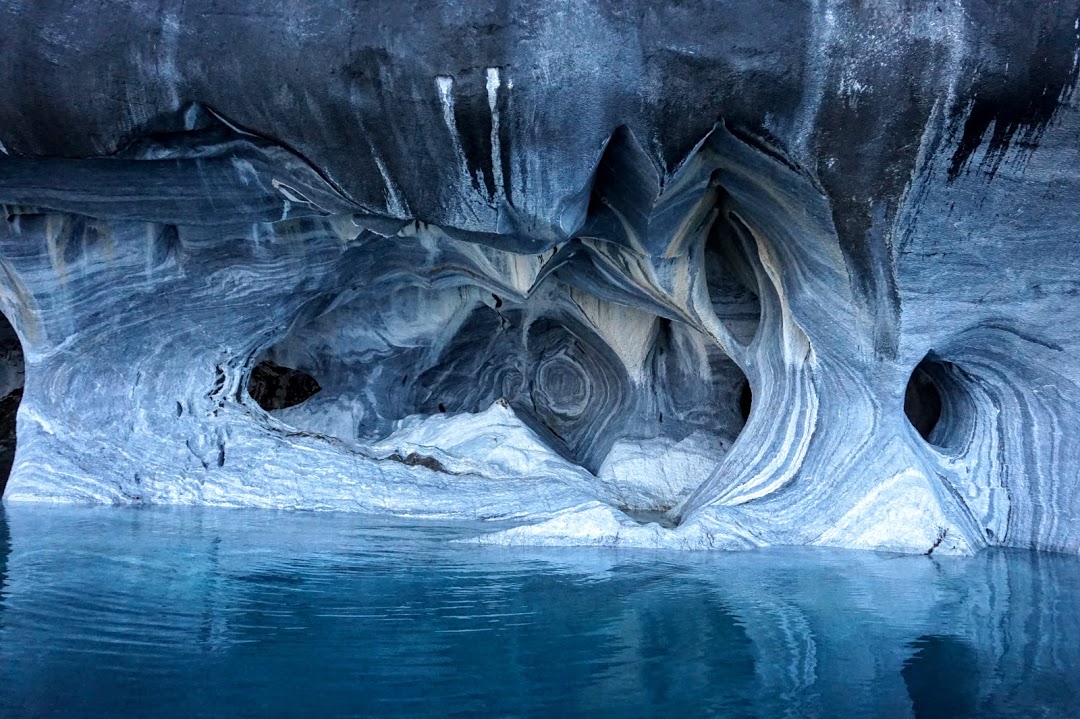
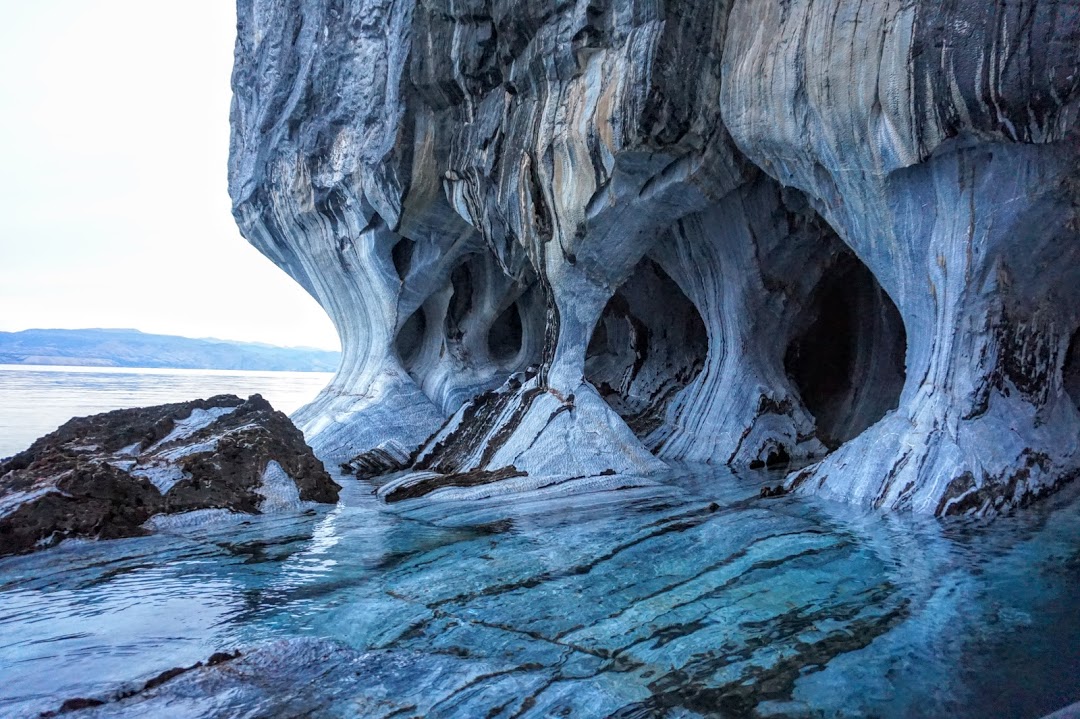
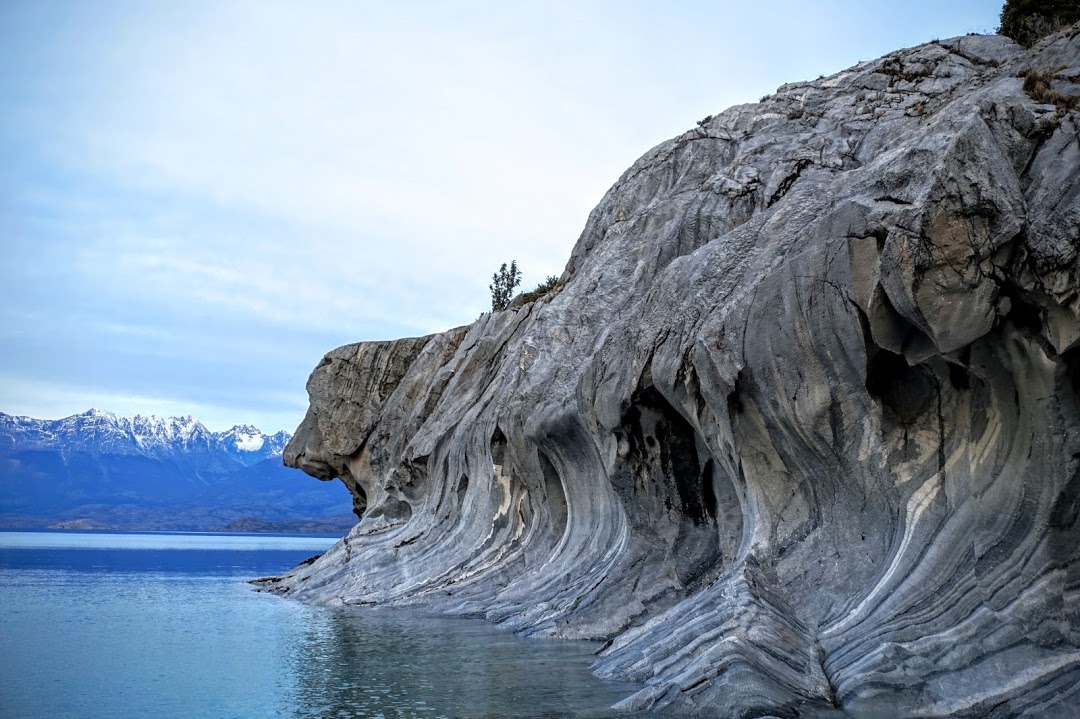
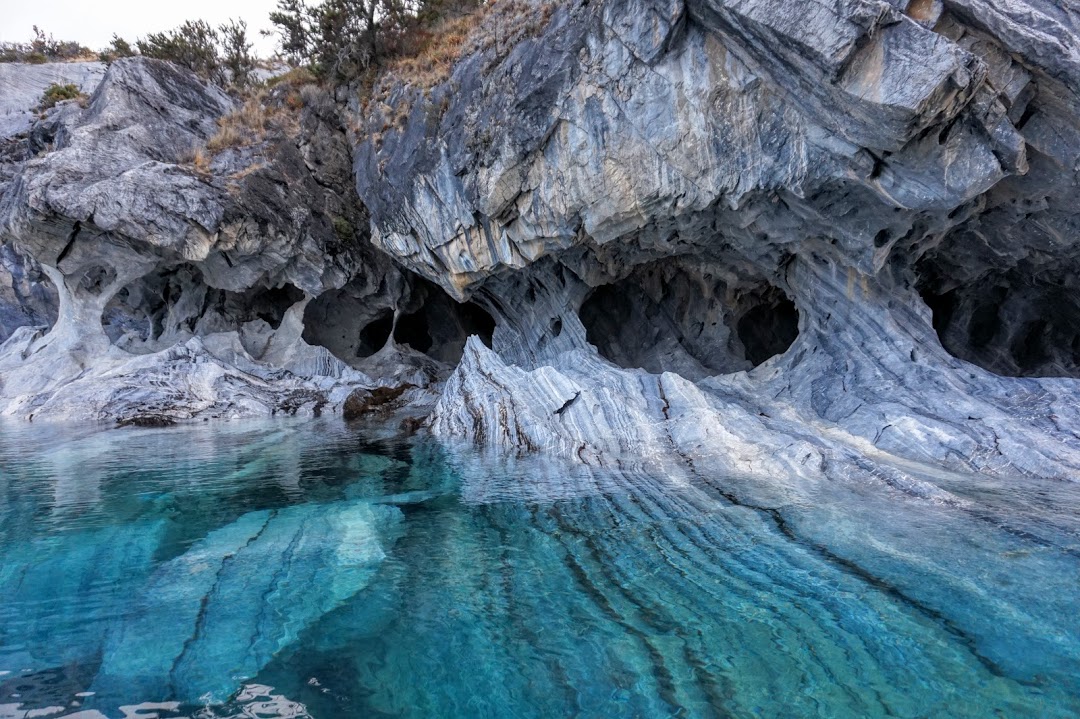
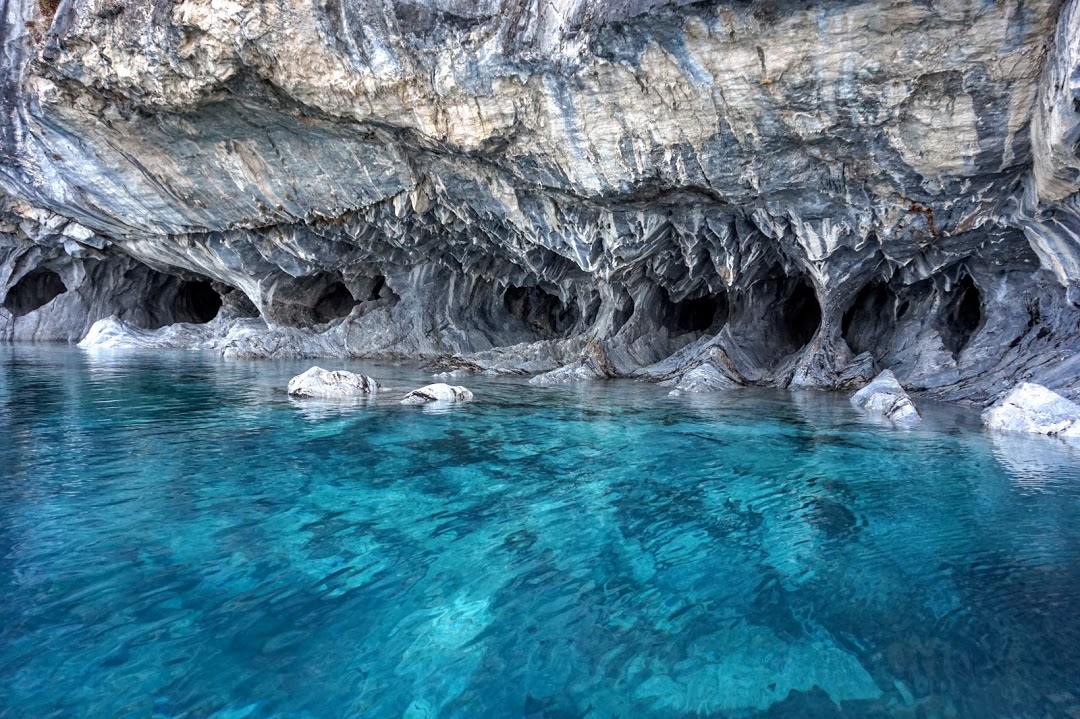
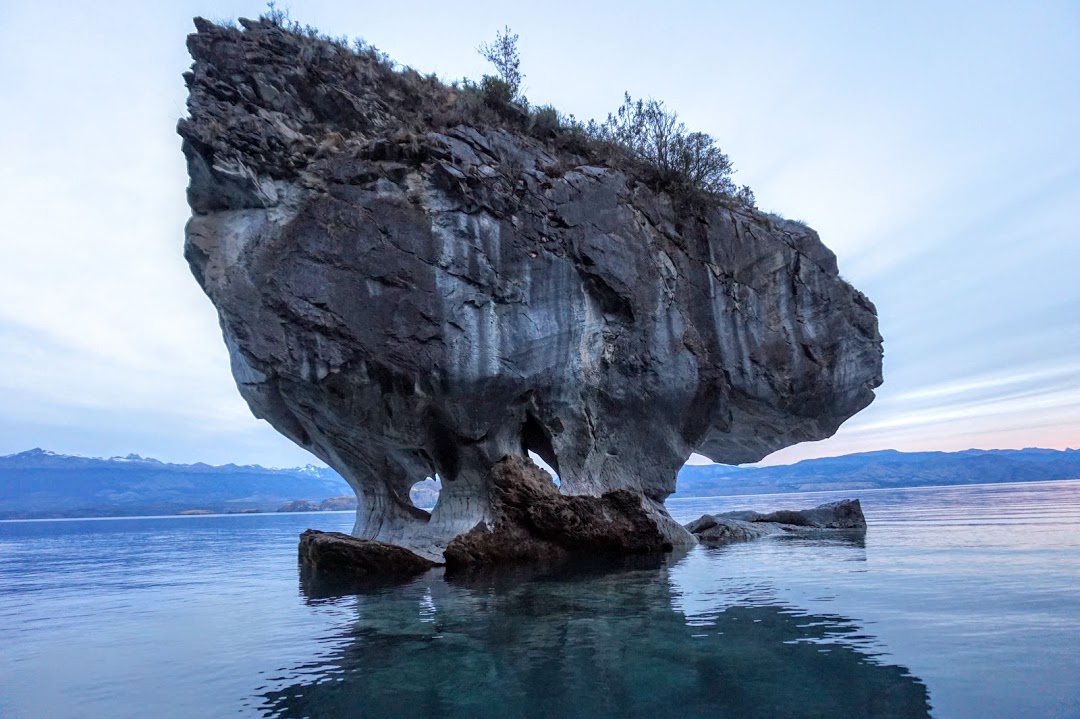
Our workaway host hooked us up with a great tour guide for glacier trekking our second day in town. Thank goodness he set us up; the town was basically devoid of tourists since high season here is only December-February and almost everything was closed. We drove about an hour outside of town into Laguna San Rafael National Park, where we put gaiters over our boots, packed up crampons and boxed lunches, and headed out for the glacier field. The first hour was mostly scrambling over small rocks and boulders before we made it to the ice, where we learned how to put on and use the crampons. Then we spent the next few hours following our guide across the campo hielo (ice field). The coolest part was exploring the small caves and ice formations, many of which only appear in the winter since they’re covered in the summer by rising water levels. Finally - a perk to being there in the off season!
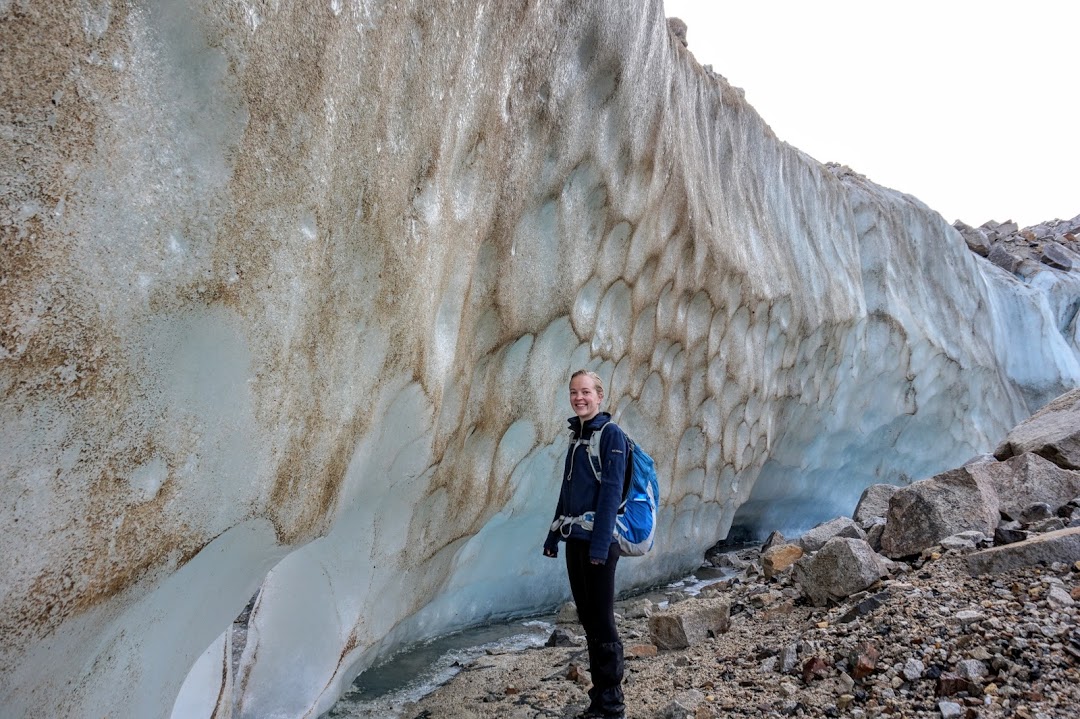


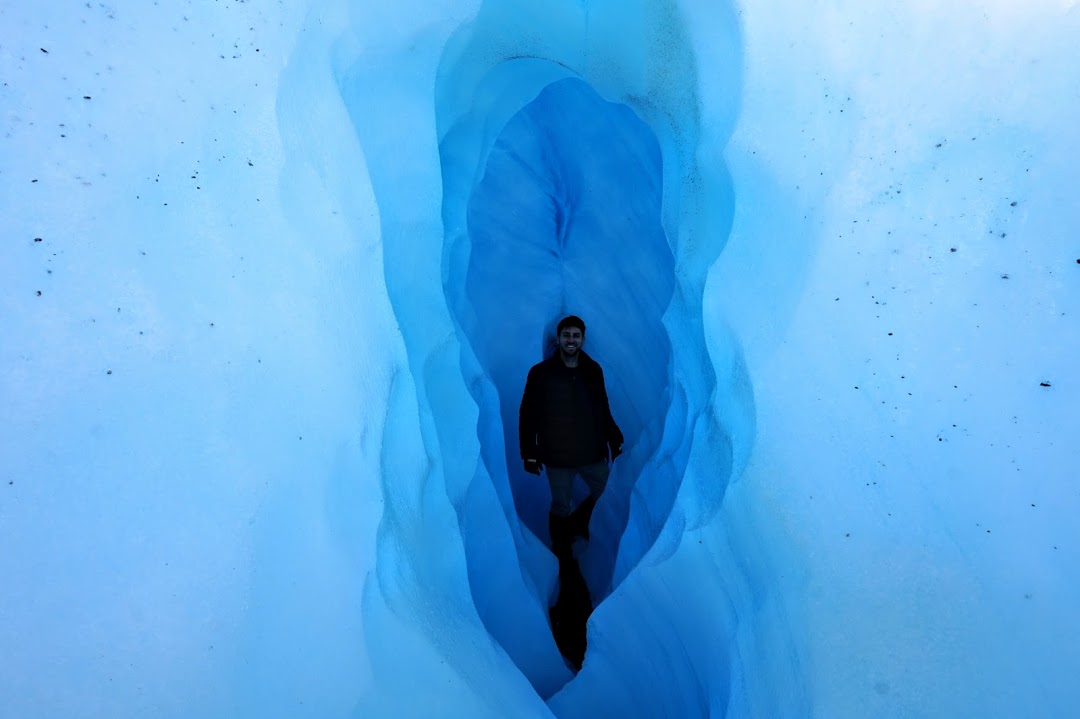
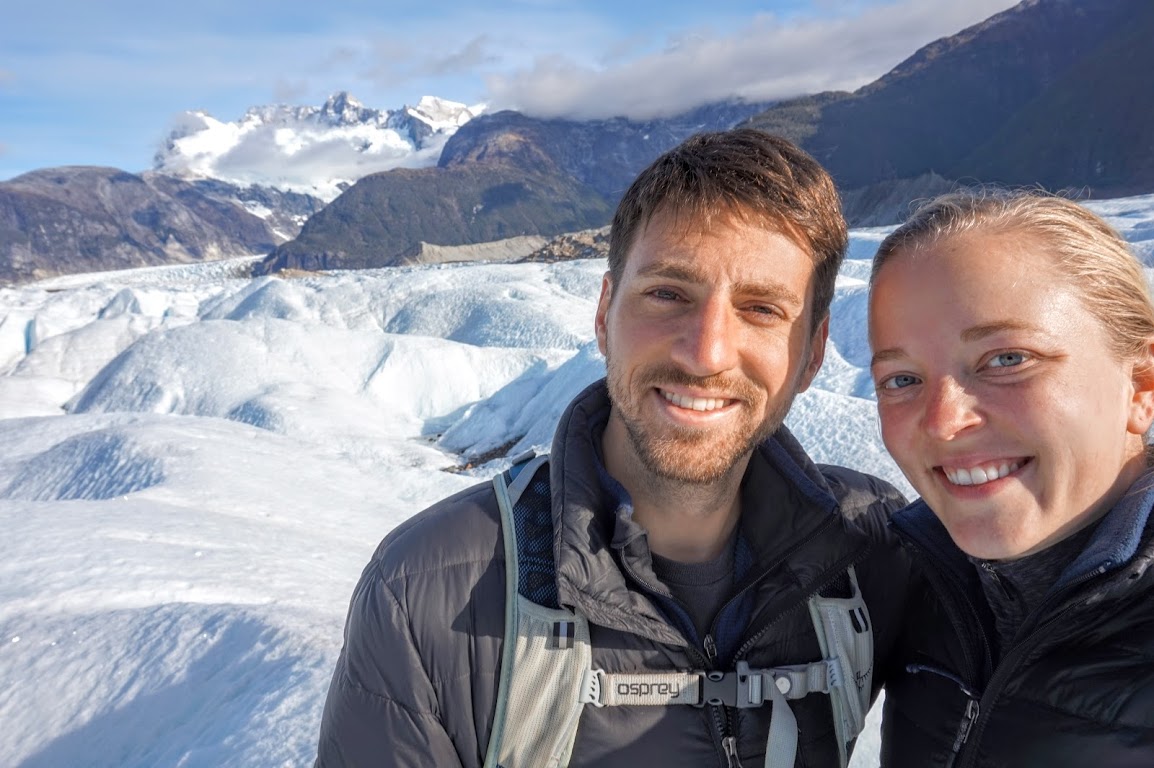

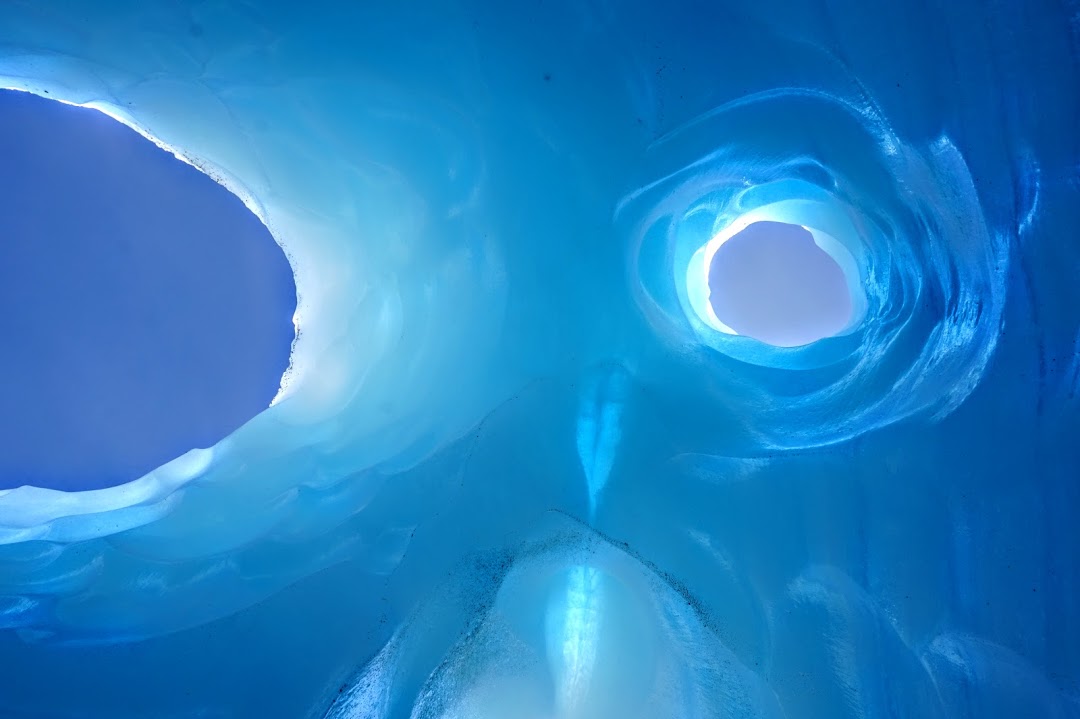
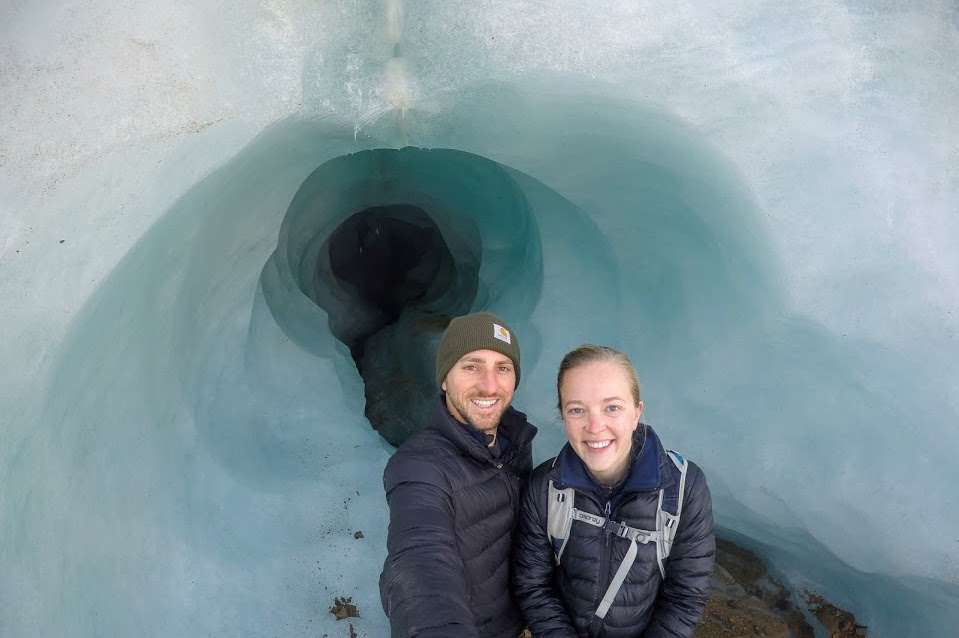
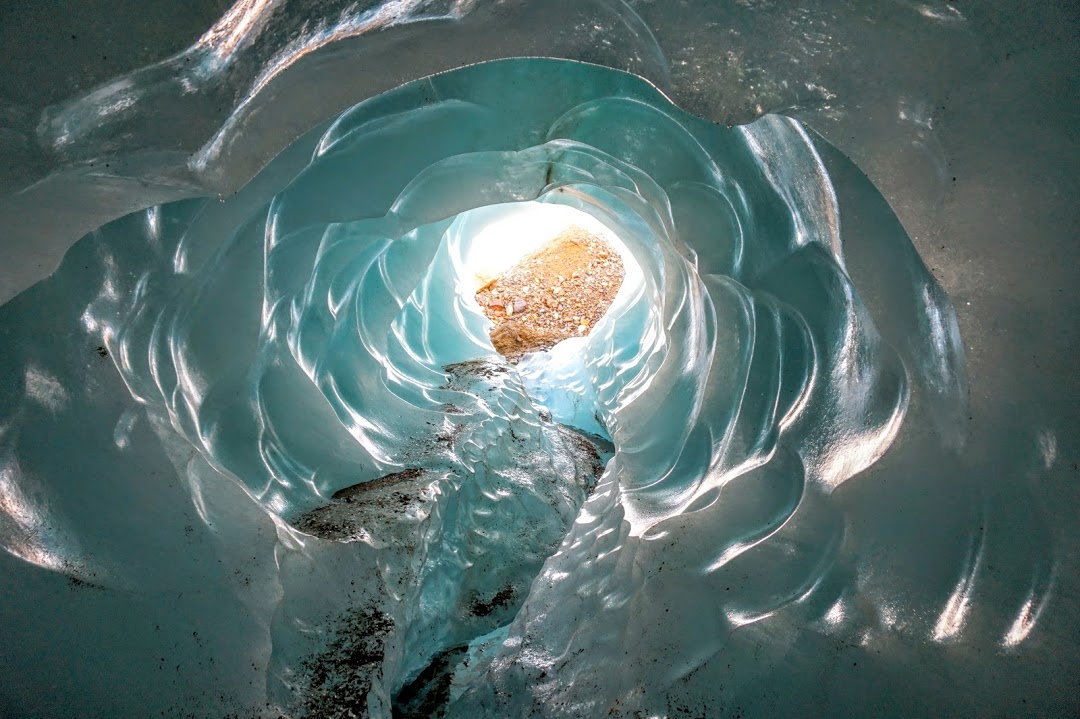
Local Farms
We had the opportunity to visit two family farms located outside of Cerro Castillo. These homes were so remote that you absolutely had to have a 4x4 vehicle to access them. The family at the first farm we visited offered to let us ride their horses around the cattle ranch while Mario visited with the family. We don’t get offers like that everyday so we gladly accepted. The horses were super tame and basically guided us around on their own. Afterward, we were told we needed to pick up a few turkeys from the second family farm we visited. We did not realize that this also meant we were going to learn how to kill, defeather, and clean them. You should have seen Laura’s face! Other (gross) things we learned: chickens will eat blood, and ducks will fight over turkey entrails. Yum. At least now we will appreciate our next Thanksgiving dinner even more!

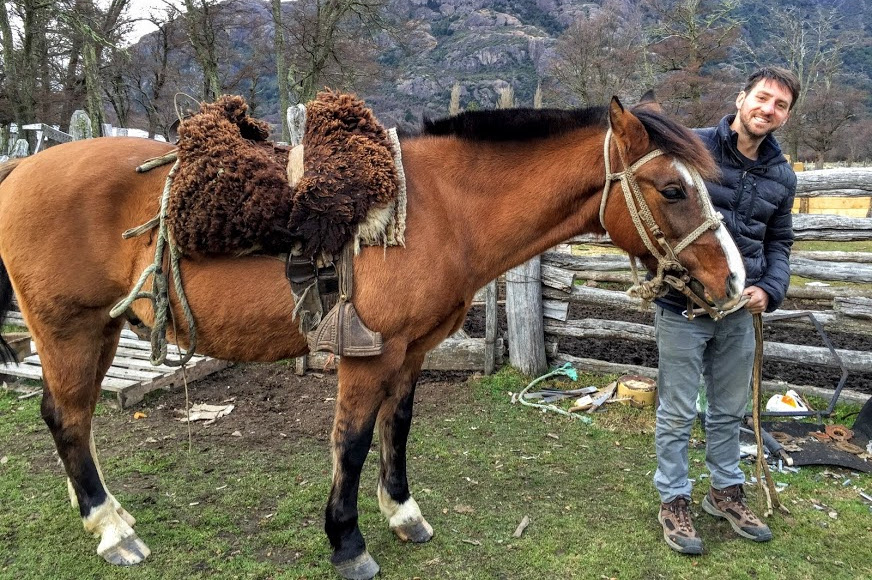
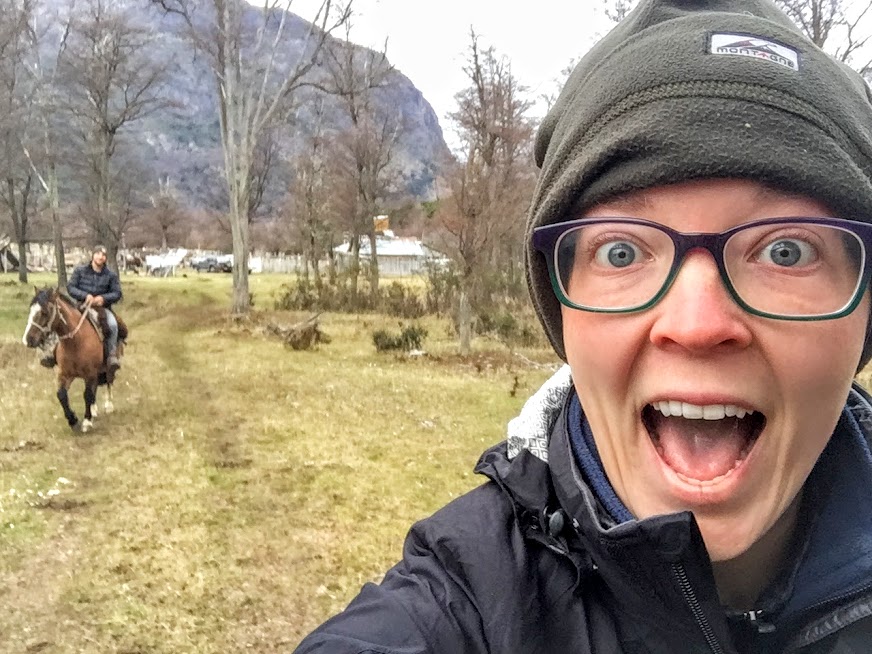
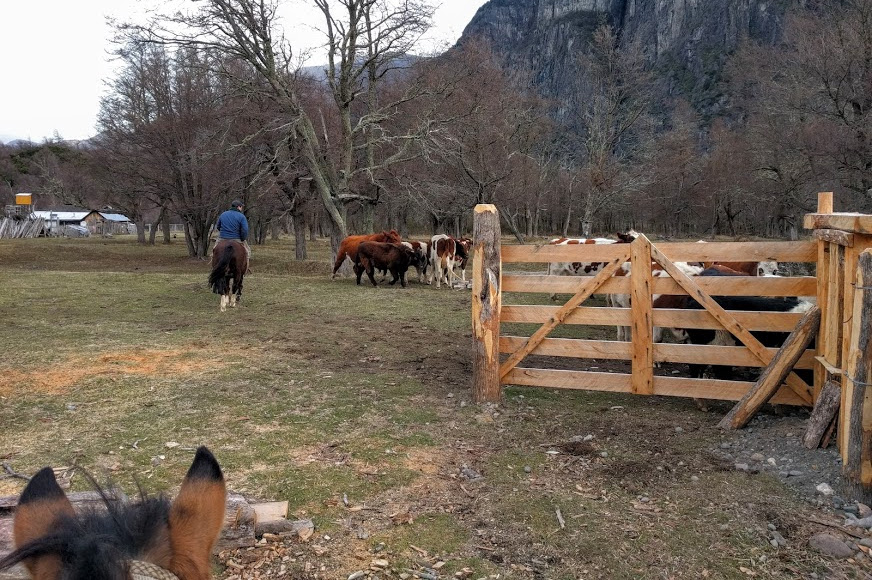
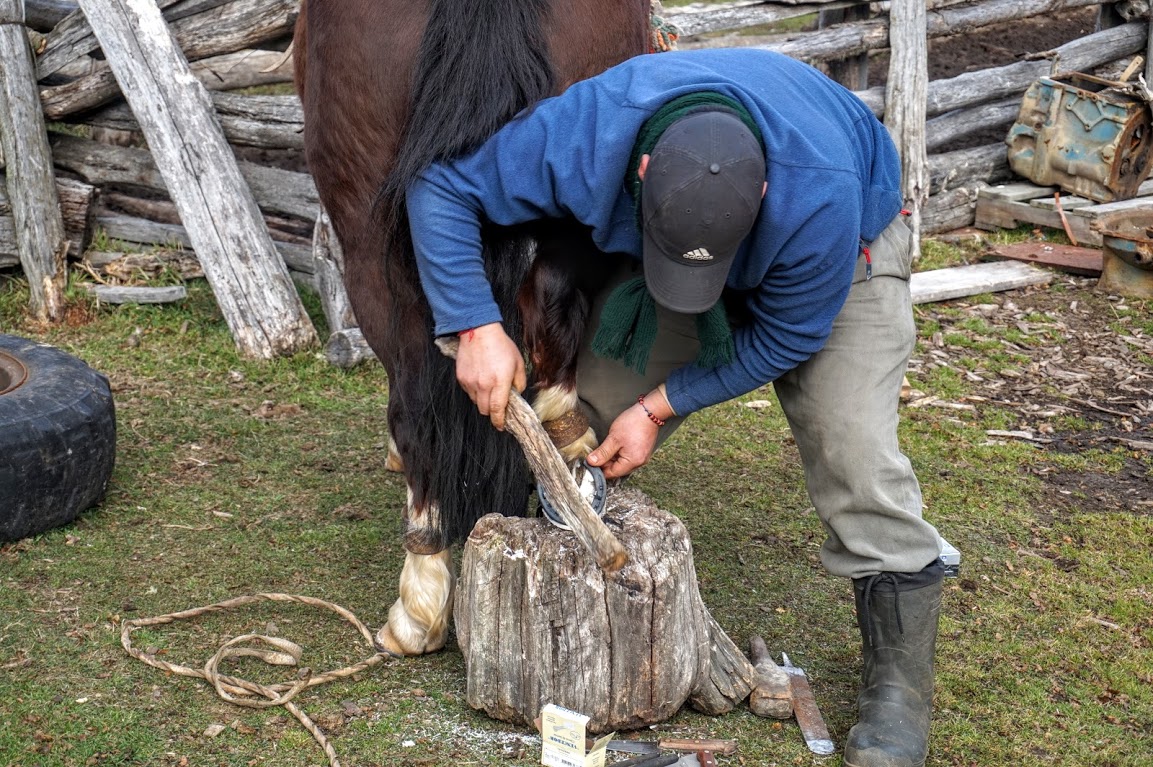
The Culture
The way of life is much slower in Patagonian Chile. The people are incredibly welcoming (despite our poor grasp of the language), and everyone seems to know everyone else. We happened to tag along on a few business meetings with Mario where we learned that they generally start with several rounds of mate and small talk. If you happen to show up around lunch or dinner, you will probably be offered a seat at the table. Trying to rush into business and forgoing pleasantries would be considered rude and have a negative impact on any deals you’re trying to negotiate. It’s important to cultivate your relationship with your business partners and focus on more than just the exchange of money. This would be in contrast to northern Chile which has the more fast paced style we are used to: get right to business, if you call during dinner you will be asked to call back, etc.
Overall, we had an amazing time at our workaway in Coyhaique. We’re a bit worried that we had such a good time that future workaways might not live up to our expectations, but we can’t wait to try more. After comparing this workaway to the one we did in Santiago, moving forward we’ll probably try to stick to workaways that offer something that appeals to our interests (like beer) and involve actually living with a family (rather than just in a hostel dorm) so that we can get to know the people and culture at a deeper level.
